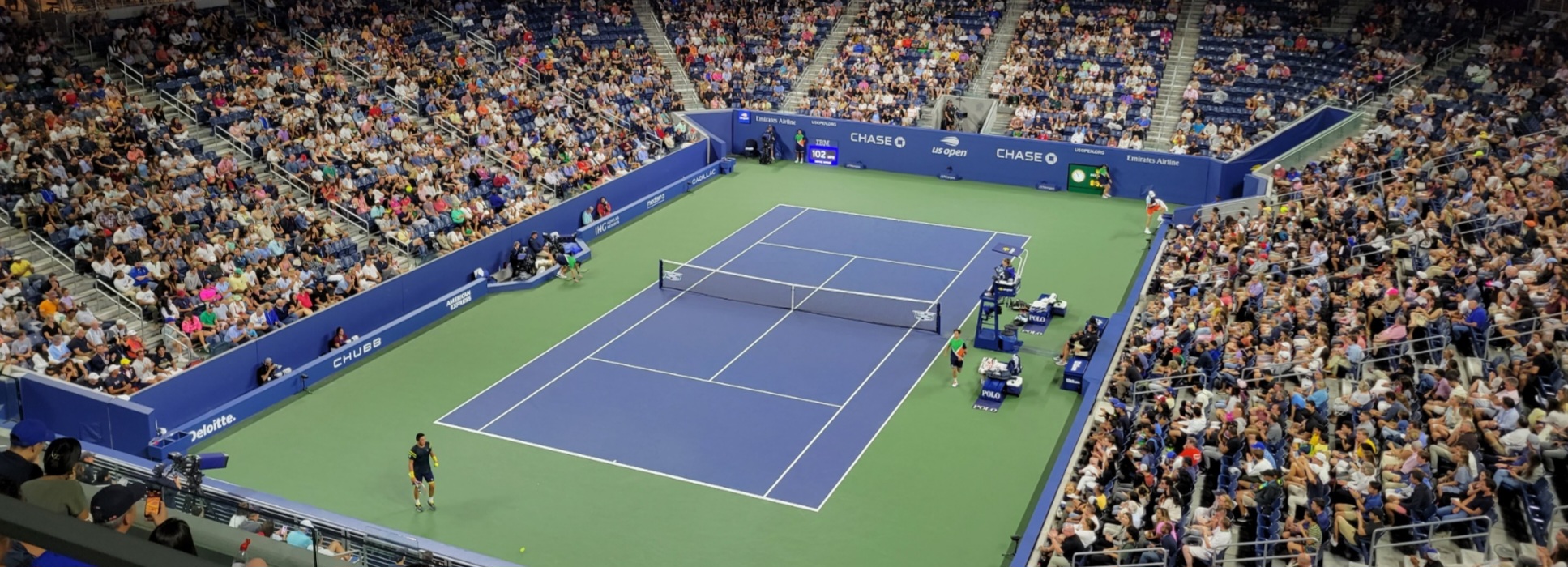
The third place achieved this Sunday in the Ras Al Khaimah championship of the DP World Tour has allowed David Puig to reach his best position in the world golf ranking, 87, only surpassed by Jon Rahm, who, by not scoring points due to being on the LIV circuit, continues to fall in the list and is 37th.
David Puig, results
Puig, 23 years old, left the Arab series at the end of last season and is confirming his status as a great hope of national and international golf with his performances on what was the European circuit, with his third places in the Spanish Open in Madrid and in the United Arab Emirates and fourth in the Alfred Dunhill Championship.
Fortieth in the last Olympic Games in Paris, his results make him progress to 87th place, still far from Rahm, ahead of Jorge Campillo, who has dropped to 117th place, while Alejandro del Rey, winner in the Ras Al Khaimah tournament, has risen to 155th place from 208th.
Puig will return to action this coming weekend in the Bahrain tournament, which also includes the rest of the Spanish armada that participates in the DP World Tour with Ángel Hidalgo, Nacho Elvira, Pablo Larrazábal, Campillo, Alfredo García Heredia, Iván Canero, Manuel Elvira and Rafa Cabrera, among others.
Americans Scottie Scheffler and Xander Schauffele remain at the top of the rankings ahead of Northern Ireland’s Rory McIlroy, while fellow American Collin Morikawa has taken fourth place from Japan’s Hideki Matsuyama.
The ranking was created in 1986, at the initiative of The Royal and Ancient Golf Club of St Andrews (R&A) and was intended to have an objective system to determine the players who would receive invitations to the British Open. Until the end of the 1970s, there was a clear dominance in world golf by players who participated in the PGA Tour (mostly North Americans). However, the 1980s brought with it a resurgence of European golf, led by figures such as Severiano Ballesteros, Bernhard Langer, Sandy Lyle or Nick Faldo, among others. Similarly, international players such as Greg Norman, Nick Price or Isao Aoki also competed successfully against players from the PGA Tour. As a result, it was not clear to the R&A how to weight the results obtained by players on different tours, especially considering that, at that time, the four majors were the only instances in which players from different tours usually faced each other.
Since 1968, sports agent Mark McCormack had developed a ranking system that integrated the results obtained by all golfers on the six main tours, which took place in the United States, Europe, Australia, Japan and South Africa. The system considered a three-year period and only gave points to those who had finished a tournament in the highest positions.
In view of the above, in 1986, the R&A decided to adopt the ranking system developed by McCormack, in order to determine which players would receive invitations to play The Open. The ranking was sponsored by Sony, being initially called the Sony Ranking. Initially, the system did not receive much recognition beyond the R&A, and it was not until 1997 that the ranking was officially recognised by the 5 main tours.
Throughout its history, the ranking system has undergone various modifications. From 1989, the average number of points was considered instead of the total, so that players who compete less frequently were not disadvantaged. In 1996, the period used for the calculation was reduced from three to two years.
In addition, throughout history the number of circuits that award points for the ranking has increased. The Asian Tour was added in 2000 (bringing the total of major tours to six) and the addition of minor tours to the weighting system occurred that same year (the pioneers being the development tours of the PGA Tour and the European Tour, as well as the PGA Tour Canada).2
In 2004, following the death of Mark McCormack, the rights to the rankings were transferred to the OWGR Company.
Tennis World USA
